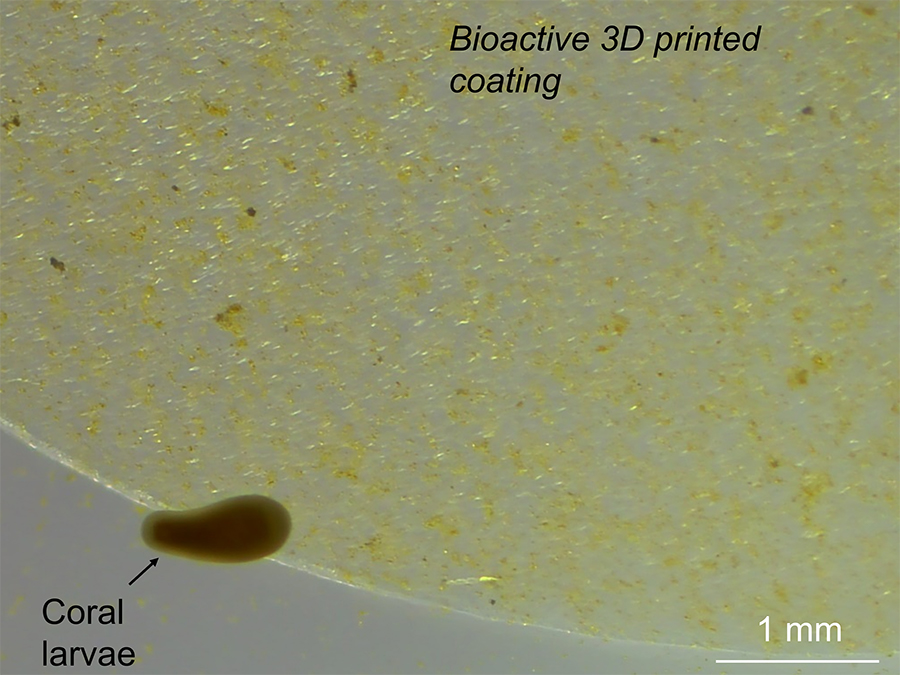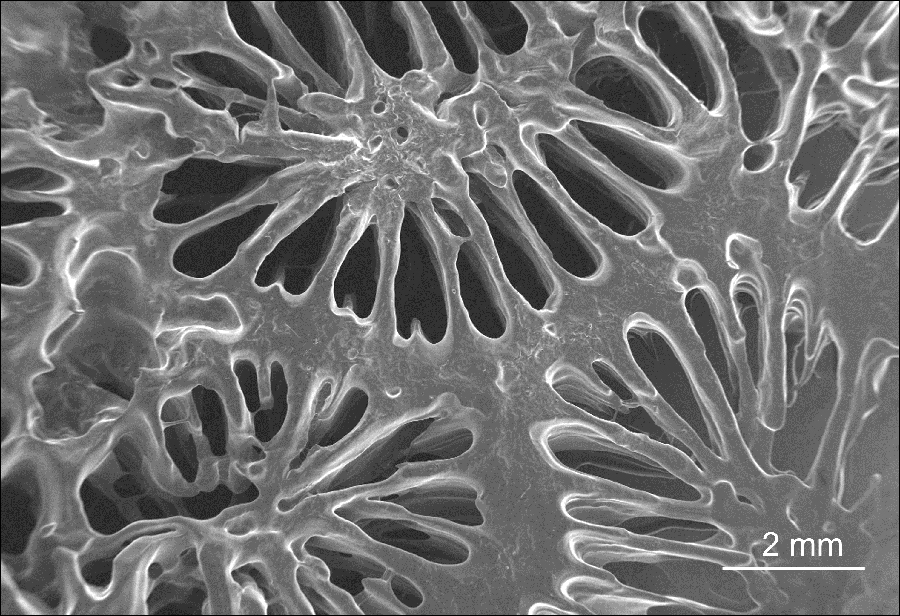
UC San Diego Researchers Part of $25M Project To Build Artificial Coral Reefs for Coastal Protection
By:
- Liezel Labios
Media Contact:
- Liezel Labios - llabios@ucsd.edu
- Robert Monroe - scrippsnews@ucsd.edu
Published Date
By:
- Liezel Labios
Share This:
Article Content
A team of researchers involving the University of California San Diego has received a $25 million award from the U.S. Department of Defense’s Defense Advanced Research Projects Agency (DARPA) to build artificial coral reefs to protect coastal areas in Hawai’i against flooding, erosion and storm damage.
The artificial reefs will be designed to work with local ecology to create a living, growing and self-healing system. The reefs will provide a natural defense that can keep pace with sea-level rise over time and slow down waves, dissipating their energy before they reach land. A big benefit of artificial reefs is that they can be rapidly deployed to provide immediate protection while promoting the growth of reef-supporting organisms. Natural reefs take decades to mature, but the artificial versions can reach full functionality in a matter of months to years.
The project is an academic-industry partnership led by the University of Hawai’i, with other partners including UC San Diego, Florida Atlantic University and Makai Ocean Engineering.

Coral larvae crawling over a bioactive coating to look for a settlement habitat. Such a bioactive material can be rapidly fabricated via 3D printing. Images by Daniel Wangpraseurt
The UC San Diego team is working on two methods for attracting both corals and beneficial reef fish to the artificial structures. First, researchers at the UC San Diego Department of NanoEngineering will 3D print biomaterials that will be coated onto the artificial reefs. The biomaterials will be designed with special microstructures to enhance coral recruitment, the process in which tiny drifting coral larvae attach and establish themselves on a reef. The microstructures also aim to inhibit algal and bacterial fouling on the artificial reefs.
Scientists at UC San Diego’s Scripps Institution of Oceanography will also test “acoustic enrichment,” a process where sounds from other healthy reef environments are broadcast to attract both algae-eating fish and coral larvae to the structures. Scripps Oceanography scientists will also conduct passive acoustic monitoring of the reef structure to help monitor what and how many organisms settle on the structure over time.
Daniel Wangpraseurt, an assistant project scientist at the UC San Diego Jacobs School of Engineering, will lead the effort with co-investigators Shaochen Chen, professor and chair of nanoengineering at the UC San Diego Jacobs School of Engineering, and Aaron Thode, a research scientist at Scripps Oceanography. The UC San Diego effort will be funded with $4 million of the DARPA award.
“This is an exciting opportunity for radical innovation, with the potential to be a game changer for the engineering of artificial coral reefs,” said Wangpraseurt. “Our team will develop new biomaterials that will kick-start the living reef by applying state-of-the-art medical tissue engineering approaches."

3D printed skeletal microarchitecture that can be used as inspiration for new reef-like materials.
To create the biomaterials, the UC San Diego team will use a rapid, 3D bioprinting technology developed in Chen’s lab. The technology can reproduce detailed microscale structures in mere seconds, mimicking the complex designs and functions of living tissues. Wangpraseurt and Chen have collaborated in recent years to 3D print coral-inspired microscale structures that are capable of growing dense populations of microscopic algae. The new DARPA-funded project takes their work to the next level, expanding their efforts to help create hybrid biological and engineered reef-mimicking structures for coastal defenses suited to a changing environment.
“We are now scaling up our rapid bioprinting platform, which will be critical to manufacture biomaterials for large scale coral reef engineering,” said Chen.
Thode, who recently participated in another recent DARPA-funded project on coral reef acoustics, will be adapting underwater sound playback technology initially developed to attract sperm whales away from fishing vessels to prevent the 70-foot animals from taking fish from their haul.
“In addition to developing methods to encourage rapid ecosystem development on artificial reefs, I’m hoping in the future this research could also help accelerate efforts to recover degraded or dying natural reefs,” said Thode.
Share This:
You May Also Like
Stay in the Know
Keep up with all the latest from UC San Diego. Subscribe to the newsletter today.


